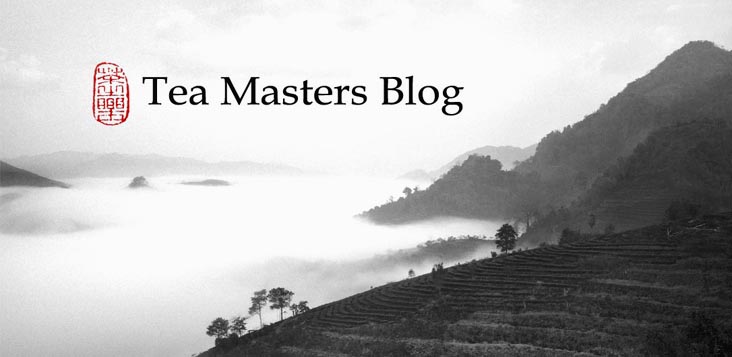In article 7, Teaparker insists (once again) that older is not necessarily better. It's very foolish to think that the older puerh you buy, the better. Neither neifei nor the appearance of the bamboo wrapping leaves are accurate signs to determine the age of puerh. More important than age, when you look at an older puerh, you should look for a tea with a clean appearance and dry leaves that are kind of shiny and oily. If, on the contrary, the leaves look grayish, with a layer of dust and smell like fungus, then this tea has probably been store in a wet environment and is not worth it.
In his 8th aricle, Teaparker writes that puerh should be stored in a dry, clean and ventilated place. But that's what everybody says anyway! So, what's the truth?
1. If tea is handled in clean and proper way from harvest through the tea production cycle and then during storage, it must be clean to drink starting from the first cup. Watch if the merchant throws the first brew or not. If his thinks it's dirty, then how can you trust him enough to drink it?
2. Merchants like to say that the storage was dry. But a puerh will evolve differently based on its storage conditions. Some puerh may need more humidity (not wet) or lower temperatures than another puerh. That's the job of the merchant storing the puerh to find the optimal conditions for each puerh. This can not be just summarized by "dry storage" only.
3. Most important is to taste the puerh and look for certain qualities: the tea in the cup should look bright and clear. The tea should not taste fuzzy, mixed, but it should have 'hui gan' and 'hui wei', ie a dry finish turning sweet and a nice lingering smell.
It simply comes down to buying something that tastes well and that is healthy to your body.
In the last article of the series, Teaparker asks how to buy new puerh.
For too many people, buying young puerh is a no brainer. They all think that any young raw puerh will gain in value over time. To entertain this myth, some big merchants are selling very little new cakes in the market to drive up demand and prices. But only quality puerh is worth storing, according to Teaparker.
Also, currently the trend is to purchase wild raw puerh. But are consummers educated enough to distinguish between wild and plantation puerh? Big leaves are not sufficient evidence, and it may even be a sign that the tea is bad. So, be careful. The less you understand, the more likely you will be fooled. Teaparker says he found out many 'wild' puerhs are actually mixes of wild and plantation puerh.
Subscribe to:
Post Comments (Atom)







No comments:
Post a Comment